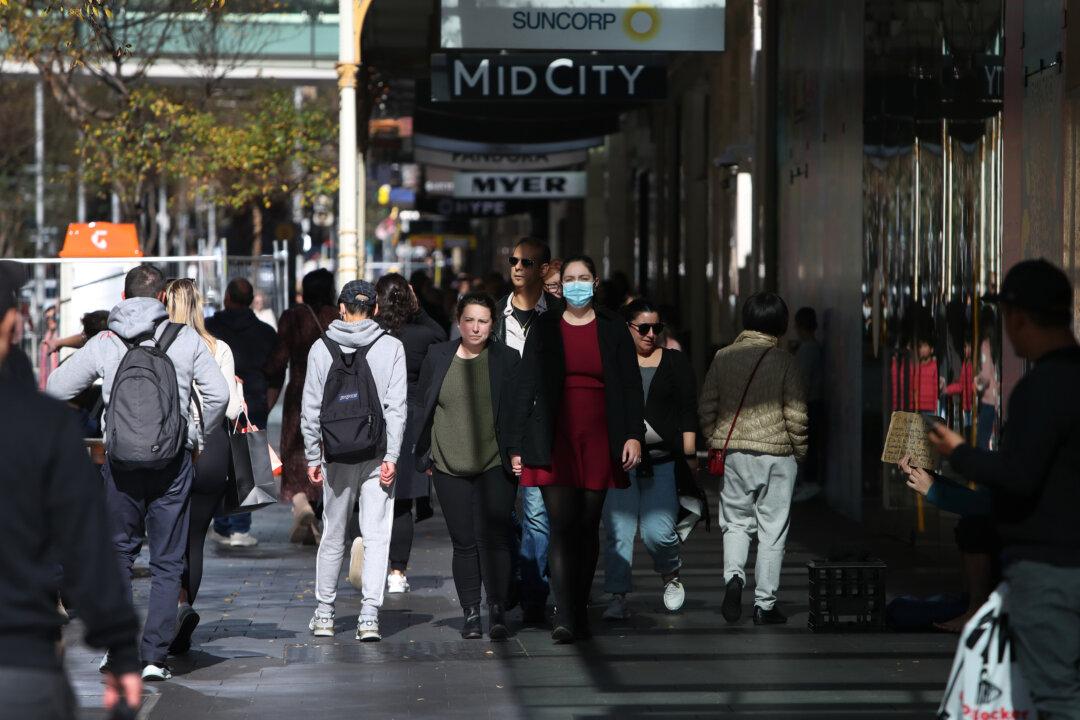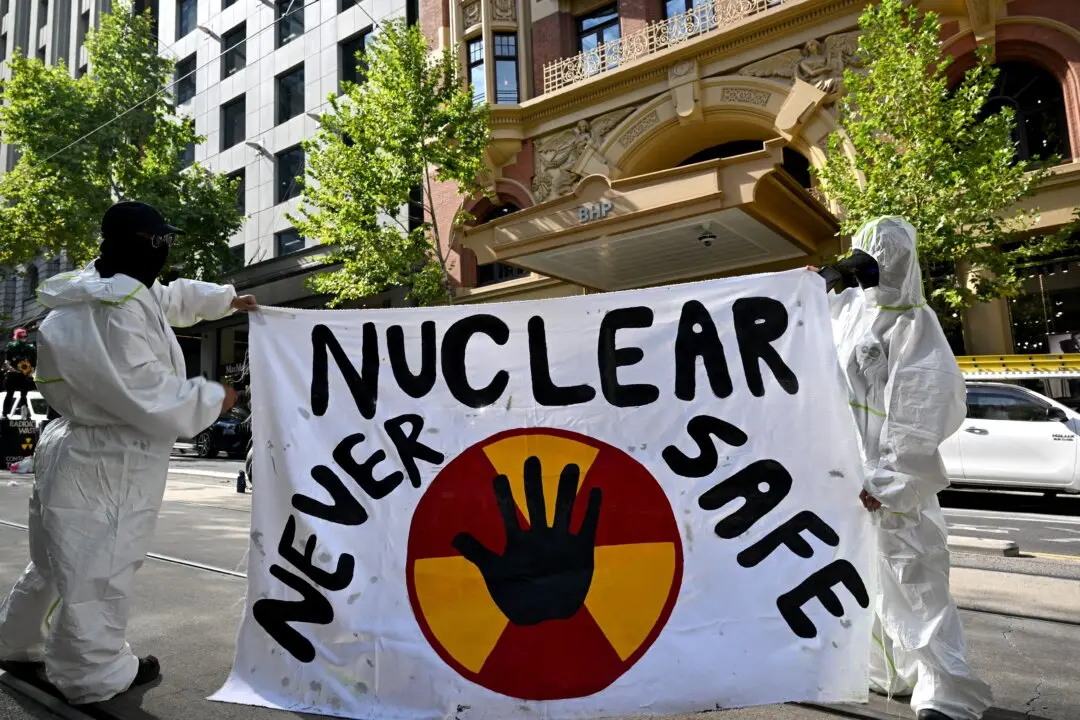Australian annual inflation rate hit 6.1 percent in June, reaching the highest level since the country introduced the GST in 2000 and expected to send a strong signal to the central bank for another interest rate hike in August.
According to the Australian Bureau of Statistics (ABS), the consumer price index (CPI) jumped by 1.8 percent in the June quarter, when the price of iceberg lettuce on supermarket shelves soared to $10 (US$6.94).





